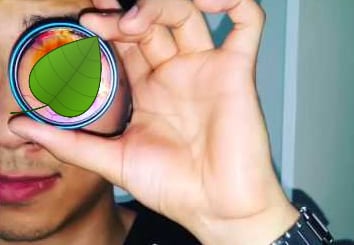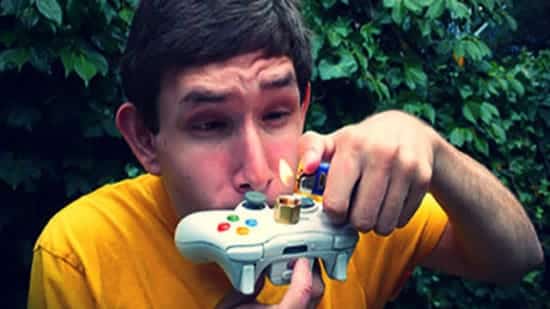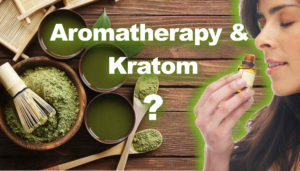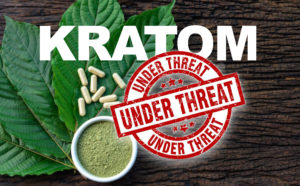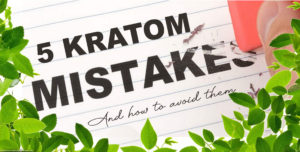A customer provides us with an interesting way he uses kratom to prepare himself for a painful ophthamological exam. This is a very enlightening report to read, which we present as follows:
I have used kratom for an unusual circumstance that I’d like to share with you. I have been using kratom (mitragyna speciosa) for over 2 years now, primarily for the pain of a twice broken back. Recently I discovered that kratom can not only relieve pain, but can fortify my nerves so I can withstand an eye exam procedure that I used to dread.
I like my eye doctor, even though he unfortunately does not accept cannabis for glaucoma. He’s done good work on my eyes and I trust him.
But there is an ophthamological exam, involving an intensely, unbearably bright light, that I feel may be rather dangerous. At any rate, it’s very difficult for me to steady my nerves for it and I don’t look forward to having the procedure, which is done to me a few times every year.
Mayo Clinic gives this description:
“Retinal examination — sometimes called ophthalmoscopy or funduscopy — allows your doctor to evaluate the back of your eye, including the retina, the optic disk and the underlying layer of blood vessels that nourish the retina (choroid).
Usually before your doctor can see these structures, your pupils must be dilated with eyedrops that keep the pupil from getting smaller when your doctor shines light into the eye.
After administering eyedrops and giving them time to work, your eye doctor uses an ophthalmoscope to shine a beam of light through your pupil to see the back of the eye.”
When he shines this ophthalmoscope device into my eye to see the back of the eyeball, although I’m used to high amounts of regular pain, the optical pain is hard to endure, even for the 15 or 30 seconds that it takes.
Optical pain, as I experience it, is not the same as other physical pain. It’s more of a pressure sensation that makes my whole body repulse it and try to evade it. My head tenses up. My reflexes cause me to pull away, get away from the laser-like intensity. I hold my breath and try to brave the ordeal, with my wife watching me wimp out.
Kratom to the rescue!!! I’m so glad I discovered the power of mitragyna speciosa (botanical name for kratom). Kratom helps me endure this ophthalmoscopic exam.
Instead of my normal daily dose of 8 grams, on the day of the terrible eye exam, I take 11 or 12 grams about one hour prior to the dreaded appointment.
Our beloved “tea” dramatically increases my ability to not fear, and to sit still for, this exam.
As the exam is conducted, I still flinch slightly, toward the end of the session, but I have less panic physiologically and mentally. I don’t tense up as much, though I still feel like some bully beat the crap out of me optically when it’s over.
And I still get diarrhea, dizziness, disorientation, and other negative reactions from the ophthalmic exam. But the optical pain is reduced significantly, and I don’t squirm around and twist in the chair like I used to, thank God!
I had this exam a few days ago. I was noticeably stronger in enduring the dreadful procedure. When I asked my eye doctor if he saw how much better I was this time, he said, “No” — instead of congratulating me.
Of course, I will not tell him how I use CBD oil and kratom for various health issues. He can do his own research…but he won’t because he’s unduly influenced by Big Pharma and orthodox medical propaganda.
Kratom doesn’t seem to interfere with the exam or announce itself in my eye health. As for now, it’s my secret weapon against what I consider to be medical barbarism.
Check out excerpts from an article from the National Institute of Health.
“It is well-known that sunlight is hazardous and can damage the eye; eclipse burns are very real, and can result in severe visual impairment.
It is also known that light at lower intensities can be hazardous and this applies to the sources of light that are used in ophthalmic instruments.
To what extent does the light we use to examine the eye when attempting a diagnosis and when undertaking surgery put the eye itself at risk?
This is the $60,000 question. It has been known for a long time that the light used does present a risk of damage, which may be transient or may be permanent….
With modern light sources, the extent of the risk of damage is related to how long the examination or surgery takes; the shorter the exposure, the smaller the risk….
We need to examine the eye to determine not only its state of health but also, as it is a window into the body, what might be taking place elsewhere.”
Read the article here:

